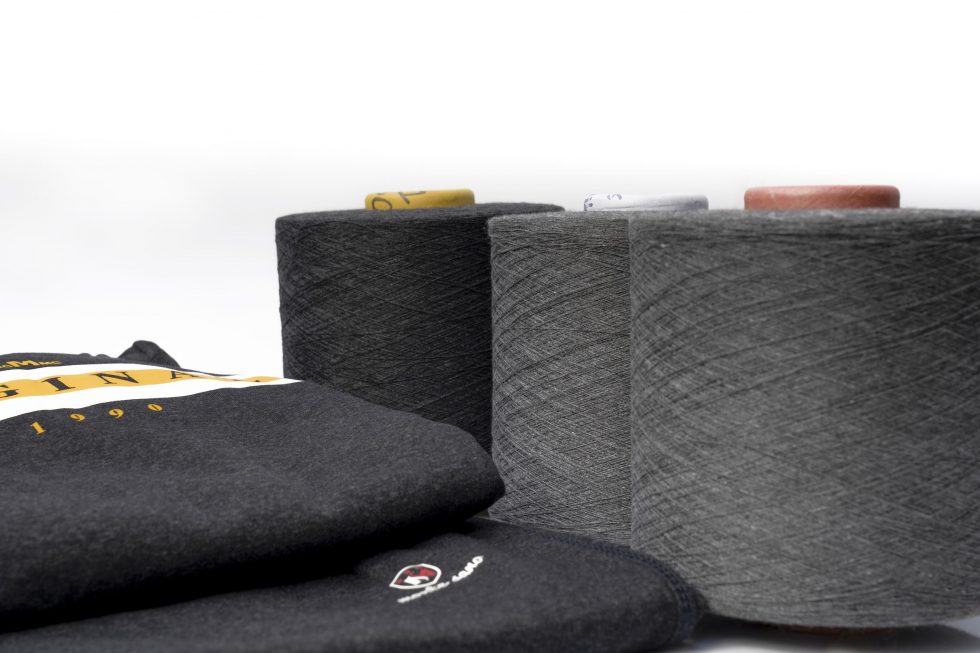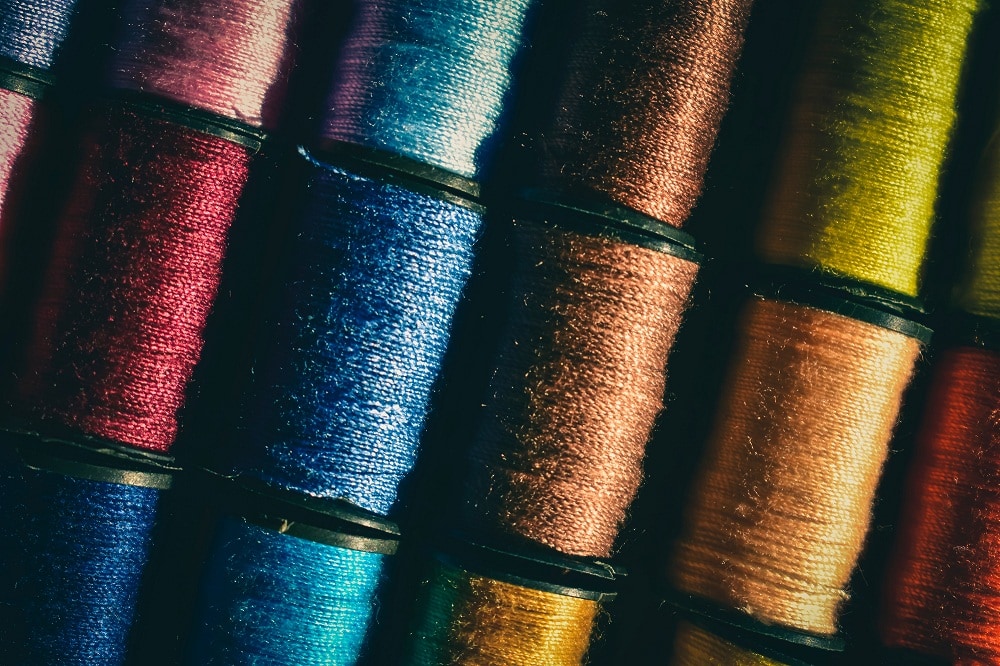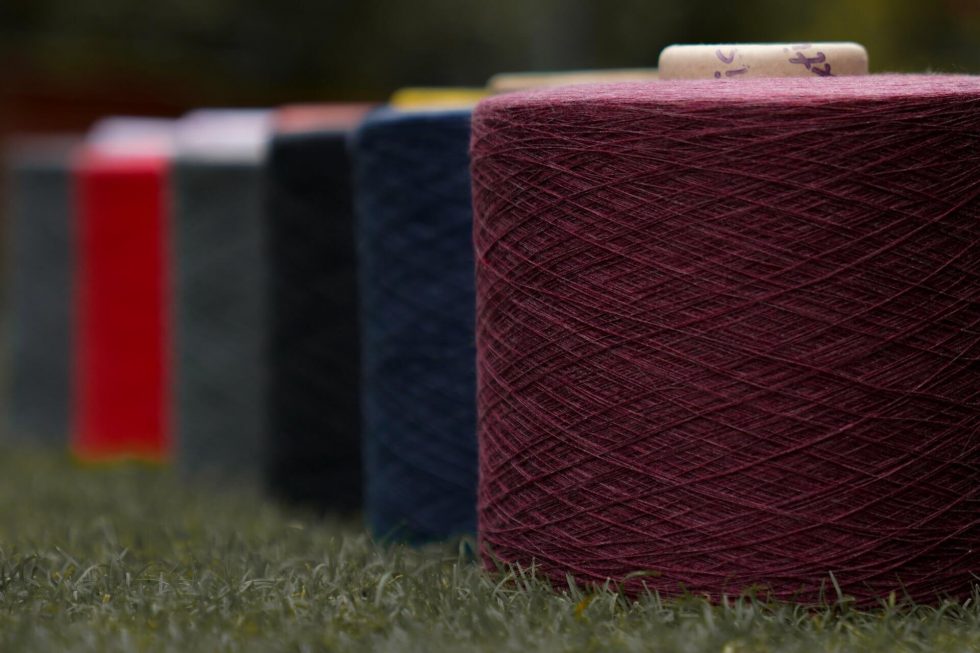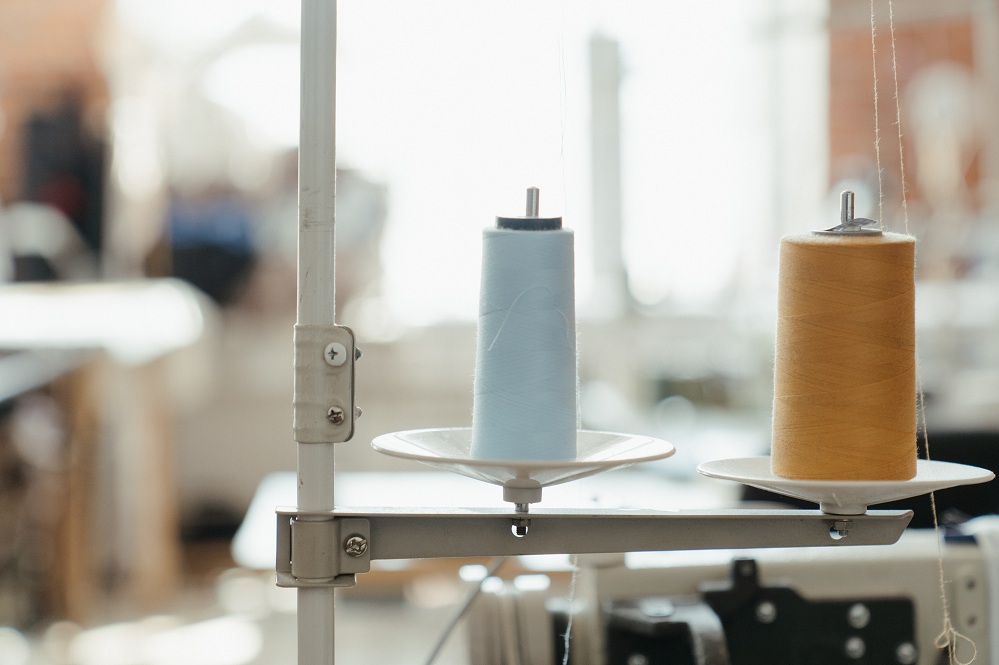
-
404 Views
The textile industry is notorious for being one of the major contributors in harming the environment. The process of turning fibers into clothes requires vast amounts of resources. Moreover, it generates significant pollution, contributing to greenhouse gas emissions, water scarcity, and soil degradation. However, as consumers and the manufacturers in the Indian textile market become more aware of the impact of their choices, alternative solutions emerge.
One of these sustainable alternatives is sustainable yarns. These are materials made from non-toxic, renewable, and biodegradable sources that have a lower environmental impact than conventional fibers. By choosing sustainable yarns, we can support sustainable practices and contribute to a healthier planet.
Talking Specifically about Indian Textile Market
Globally, India is in the top 5 exporters of home textiles, filament yarn, natural fiber, and woven fabric. Our strength comes from the large raw material base. Additionally, the availability of skilled manpower in an ever-growing domestic market.
India owns about 3400 textile mills. It clearly signifies that Indian market solely can eliminate environment damage if we switch to better and sustainable textile practices. That is why we want to educate our buyer about sustainable yarns and how their choices can make a big difference. In this guide, we explore the types and benefits of sustainable yarns.
All About Sustainable Fabrics
In a growing trend towards sustainable and ethical fashion, one area that has seen significant development in our nation is the production of Eco-friendly alternatives to traditional yarns. Plant-based materials such as Pinatex, Mycelium, orange fiber, coffee ground fiber, and banana fiber have become great alternatives to leather.
Pinatex is made from pineapple leaves, while Mycelium is derived from mushrooms. The increasing production of these natural fibers greatly reduces the environmental footprint and a great way to tread towards a sustainable future.
Another great initiative in the Indian textile industry is the usage of techniques. Some popular ones are “digital printing” and CO2 dyeing” instead of traditional dyeing of clothes. These techniques ensure minimal water usage and prevent contamination of the surroundings. Investments from big companies are already pouring in for “air dyeing” and this is expected to make new tides in the coming years.
Our country is already taking significant steps towards maximizing the potential of technical procedures as it can not only boost the economy but also promote innovation and advancement in the Indian textile Market.
Looking for Recycled & Premium Quality Yarns for your sustainable fashion project? Reach out to Oasis Textiles. You can also follow us on Facebook.



